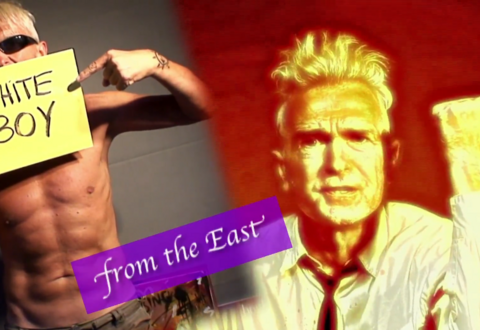Istvan Kantor
Istvan Kantor (Budapest, 1949) became interested in rebellion and radical artistic experiments at a young age, staging underground happenings, performances, and exhibitions under an Eastern Block dictatorship. After studying medicine, he immigrated to Paris as a political refugee, and then moved to Canada in 1977, where he founded the Neoist movement in 1979. He lived in New York during the 1980s, before settling in Toronto in 1991 with his three children. A multidisciplinary artist, his practice includes media art, performance, installation, sound art, robotics, writing, and music. He has been causing controversy with often illegal acts since 1966, notably at the Museum of Modern Art, New York, the Hamburger Bahnhof Museum, Berlin, and the National Gallery of Canada, Ottawa. His video works have been recognized throughout the world, and have been presented at numerous festivals, including Documenta 8 (1987), the International Short Film Festival Oberhausen (1992), Transmedial, Berlin (2001), and Osnabruck European Media Arts Festival (2009). His robotic installations have received acclaim at the Ars Electronica Festival, Linz, the Centre for Art and Media (ZKM), Karlsruhe, and ELEKTRA, Montreal, and they were the subject of a large retrospective at the Art Gallery of York University, Toronto (2005). He has made several records, alone and in music groups, and written numerous publications; the most recent of which, Rivington School: 80s New York Underground will be published by Black Dog Publishing, London in 2017. In 1998, Kantor received the Telefilm Canada award for best Canadian video; in 2004, he won the Governor General’s Award in Visual and Media Arts—the highest accolade attributed in Canada to an artist in recognition of their contribution to the visual and media arts. - Etienne Desrosiers










